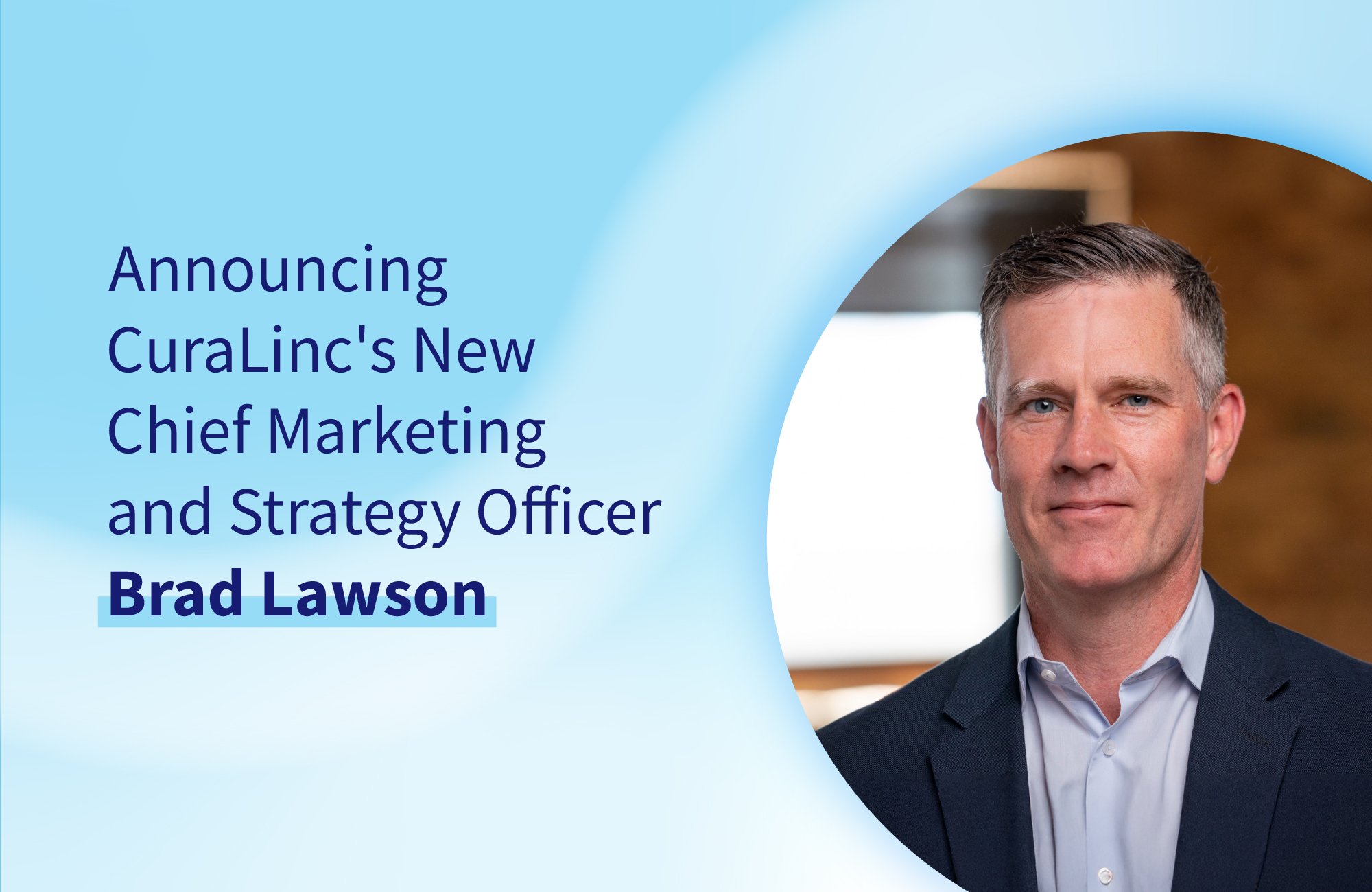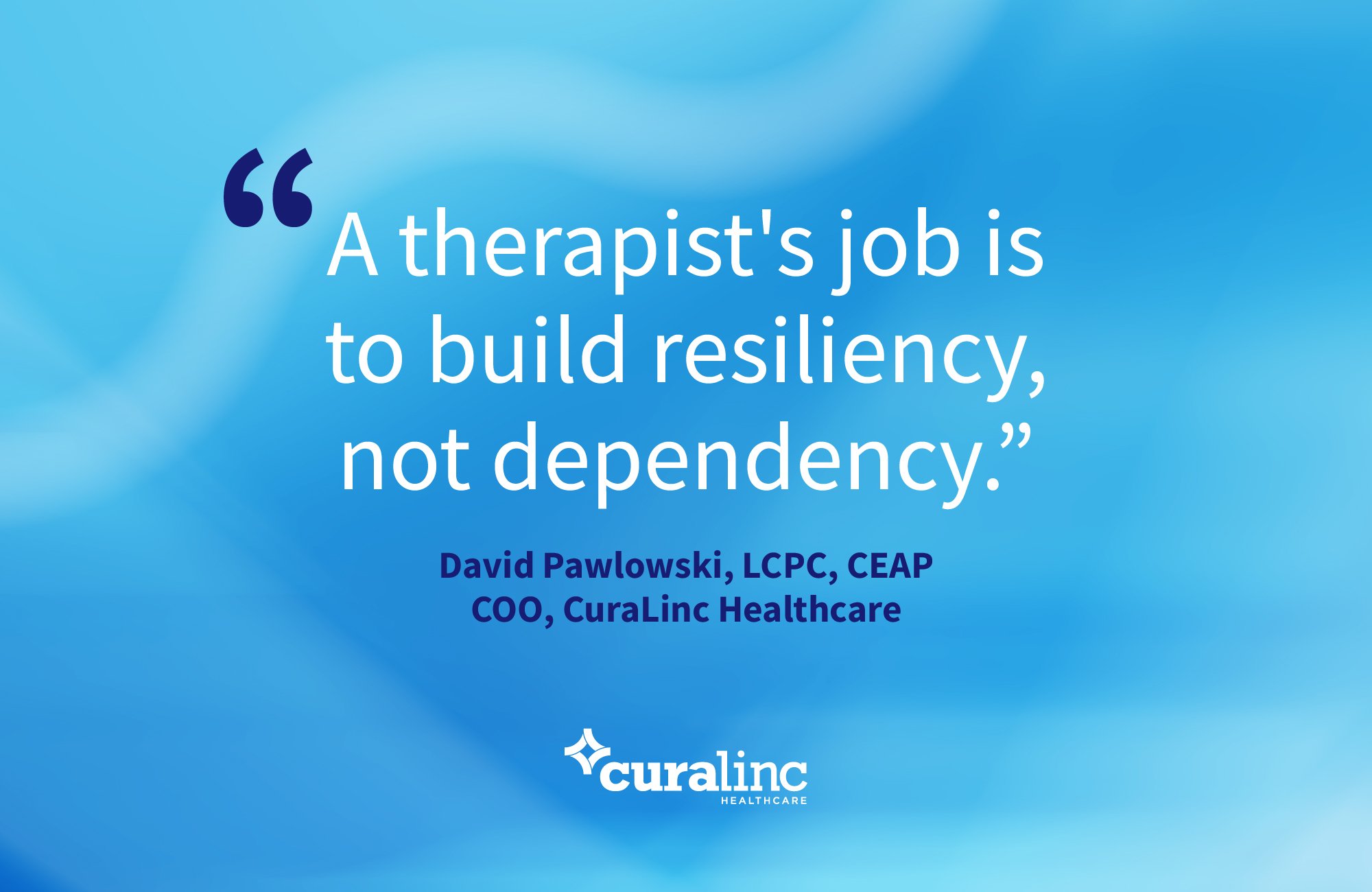Since the beginning of the COVID-19 epidemic, millions of employees have been adjusting to working at home. It’s been a jarring experience for many. That point has been illustrated by recent surveys that show more than half of employees stating that they felt lonely working from home.
One of the primary causes of loneliness is that “people are caught up in their head, and that can be a prison when you don’t have your regular social structure in place,” according to Mike Veny, a mental health speaker and author of “Transforming Stigma.”
Another major cause of loneliness is based on a mentality that infers that we need to be accessible to our offices 24-7. That issue is compounded by the fact that virtual offices have become the latest addition to our homes. The “always-on” work culture is leaving Americans anxious, stressed, overworked, and when it comes to loneliness, spending less time with their loved ones. To make matters worse, research has shown that lonely employees are more likely to quit their jobs and are actually less productive in their virtual workspaces. Additionally, a review of 40 studies published in the Journal of Public Health found a correlation between loneliness and poorer mental health outcomes, as well as mortality.
To combat loneliness, especially during the holiday season, managers need to provide virtual connections with their employees. Simply wishing their staff members happy holidays while checking in on their welfare can go a long way when it comes to making employees feel less isolated.
Another way employers can minimize the impact that loneliness has on their workforce is to promote EAPs as a resource for employees to build coping skills for loneliness and isolation. (https://www.verywellmind.com/how-to-cope-with-loneliness-during-coronavirus-4799661)
EAPs, such as CuraLinc Healthcare, offer employees a variety of ways to access counseling such as in-person, through video, text therapy and digital behavioral health (cCBT.) Additionally, EAPs traditionally provide training classes that address such topics as coping with loneliness and isolation, mental health first aid and building resilience.
Furthermore, there are other ideas employees can use to manage their feelings of loneliness during these times:
Keep to a Schedule. Although employees may be isolated at home, maintaining a regular work schedule will provide them with a sense of normalcy. So, if an employees’ normal work schedule is 9-5, they should stick to that schedule and use their free time as just that.
Stay Active. Employees need to keep in mind that their physical and mental health are closely aligned with one another. Going out for a walk, practicing yoga or Tai Chi can work wonders in helping individuals get out of their heads and more focused on their body.
Do Something Meaningful. Signing up for an online volunteer opportunity or a course can help employees feel a sense of connection with the world which will hopefully minimize feelings of isolation.
Connect with Others. Although employees working at home may not be able to see their co-workers, friends and family in person they can organize video social hours, post on social media, stay in touch through online chatting, or even picking up the phone.
Although working remotely can be a lonely experience for employees there are many resources, such as EAPs, along with many other tools that can help an employee feel more connected, less isolated, and more fulfilled at work.




